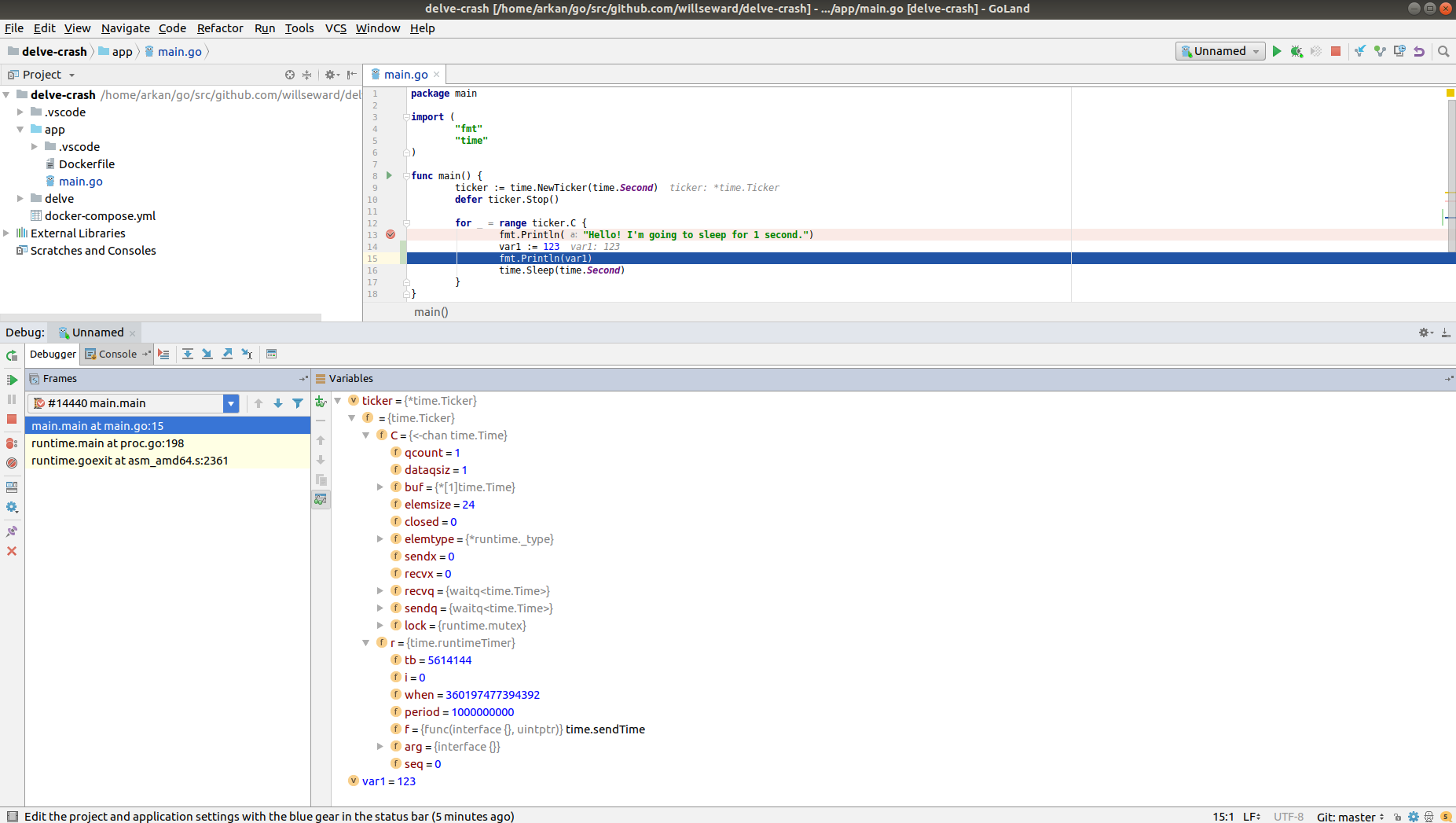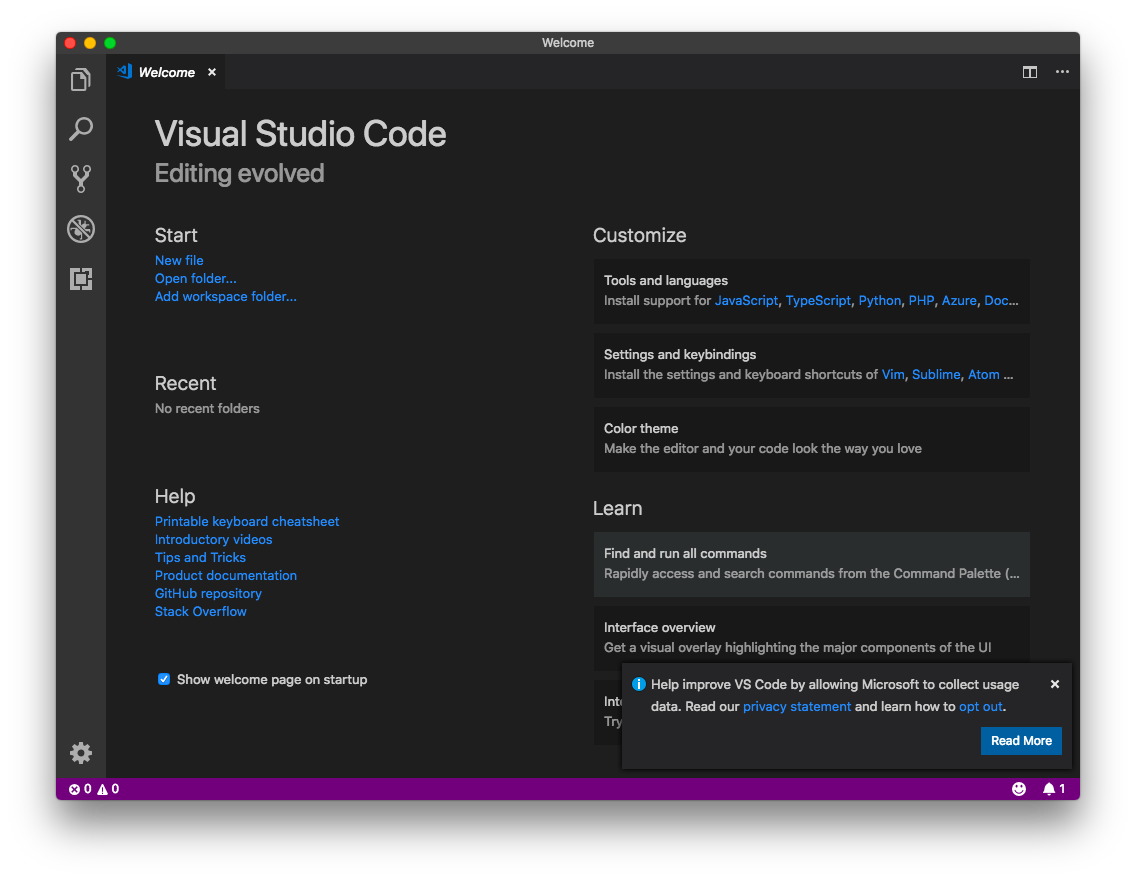
GOLAND VS VSCODE CODE
VS Code desktop support installs, manages and runs the Local Companion app under-the-hood so you don’t have to. This command will open your local VS Code, connect to the Gitpod workspace and let you develop, test & debug your application as if the code was running locally. Open the command palette (⇧⌘P or Ctrl+Shift+P).Start a new Gitpod workspace ( learn how in the docs).As you would expect, your code executes in an ephemeral Gitpod workspace which keeps each of your projects nicely isolated from one another. With VS Code Desktop Support, you can keep your local IDE configurations 1 and benefit from Gitpod’s high-spec servers & automated prebuilds. GoLand will use the Module GOPATH as it is the narrowest scope configured.Please note: VS Code Desktop Support is currently in beta If you experience any issues, or have feedback, please get in touch. In the following example, we configured to use different GOPATH directories for different scopes. In the file browser, navigate to the directory that you want to associate with GOPATH. Open settings ( Ctrl+Alt+S) and navigate to Go | GOPATH.ĭepending on the scope that you want to apply, select the corresponding section ( Global GOPATH, Project GOPATH, or Module GOPATH) and click the Add button. If you specified all three scopes, GoLand selects the narrowest scope first. They can also carry a specific technology or a framework. A module can have an SDK that is different from those configured for a project. Module GOPATH: settings apply only to one module. Project GOPATH: settings apply only to the current project. Global GOPATH: settings apply to all projects of a specific installation of GoLand. You can configure GOPATH for the following scopes: GOPATH Configuring GOPATH for different scopes
GOLAND VS VSCODE DOWNLOAD
Ĭlick OK to close the Download Go SDK dialog.Īs you click Apply or OK on the GOROOT page, GoLand will start downloading and unpacking the Go SDK. To use a file browser, click the Browse icon. In the Location field, specify the path for the SDK. In the file browser, navigate to the SDK version that is on your hard drive.Ĭlick the Add SDK button ( ) and select Download.įrom the Version list, select the SDK version. Open settings ( Ctrl+Alt+S) and navigate to Go | GOROOT.Ĭlick the Add SDK button and select Local. If no Go version is available, click the Add SDK button to download a Go version or select a path to a local copy of Go SDK.Įnsure that the provided path to the folder with Go SDK includes bin and src folders. Click the drop-down list and select the Go version. To see the current value of GOROOT, open settings ( Ctrl+Alt+S) and navigate to Go | GOROOT. a).īin/: location of compiled executable programs built by Go.Ĭonsider the following animation where we change the Go SDK from 1.16.1 to 1.16.3 and assign the project GOPATH to the newly-downloaded SDK directory. Pkg/: location of compiled package code (for example. Src/: location of Go source code (for example. GOPATH is the root of your workspace and contains the following folders: You can use another directory as your workspace by configuring GOPATH for different scopes. GOPATH stores your code base and all the files that are necessary for your development. By default, the workspace directory is a directory that is named go within your user home directory ( ~/go for Linux and MacOS, %USERPROFILE%/go for Windows). GOPATH is a variable that defines the root of your workspace. You do not need to change this variable, unless you plan to use different Go versions.


GOROOT is a variable that defines where your Go SDK is located. GOROOT and GOPATH are environment variables that define this layout. Go tools expect a certain layout of the source code.



 0 kommentar(er)
0 kommentar(er)
